Brazilian Bolivian coffee bean flavor characteristics taste different Brazilian coffee planting history story
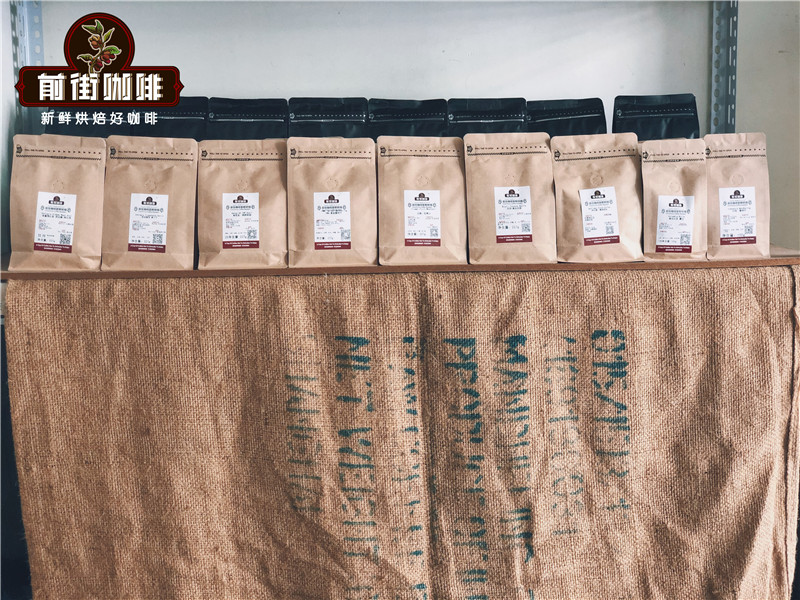
Professional coffee knowledge exchange more coffee bean information please follow the coffee workshop (Wechat official account cafe_style)
Brazil is bordered by Uruguay, Argentina, Paraguay, Bolivia, Peru, Colombia, Venezuela, Guyana, Suriname and French Guiana. I believe you have heard of Bolivian coffee in neighboring countries. so will the flavor of Brazilian coffee beans and Bolivian coffee beans be similar? In this article, we will come to the front street to compare the flavor characteristics of coffee beans from the two countries.
The latest information about coffee producing areas in Brazil in 2020!
According to the Coffee Finance Network, dry weather in Brazil in recent years may cause significant losses to Brazilian coffee production, and in many areas, the proportion has reached 50%. Although it is not possible to estimate the specific production of Brazilian Arabica coffee next year, the disaster rate may reach 30% in some places, 50% in some places, and as high as 100% in some places. This time the dry weather in Brazil will affect the price of Brazilian coffee beans in 2021.
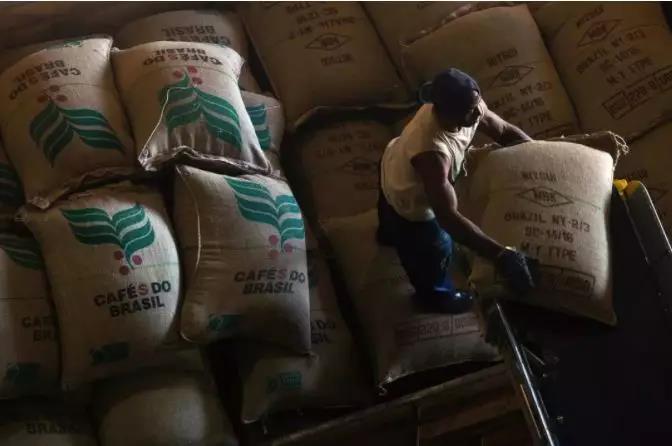
About the Brazilian coffee.
Brazil is vividly compared to the "giant" and "monarch" of the coffee world. There are about 3.97 billion coffee trees there, and small farmers now grow 75% of the country's coffee. The number of coffee producers in Brazil is twice or even three times that of Colombia, the second largest coffee producer in the world. What used to be different is that Brazil's economy is now less dependent on coffee, which accounts for only 8% to 10% of GDP. Before World War II, Brazil accounted for 50% or more of the world's coffee production, and now it is close to 30%. But the country's impact on the world's coffee, especially on coffee prices, is significant. For example, two frost disasters in 1994 caused a sharp rise in global coffee prices.
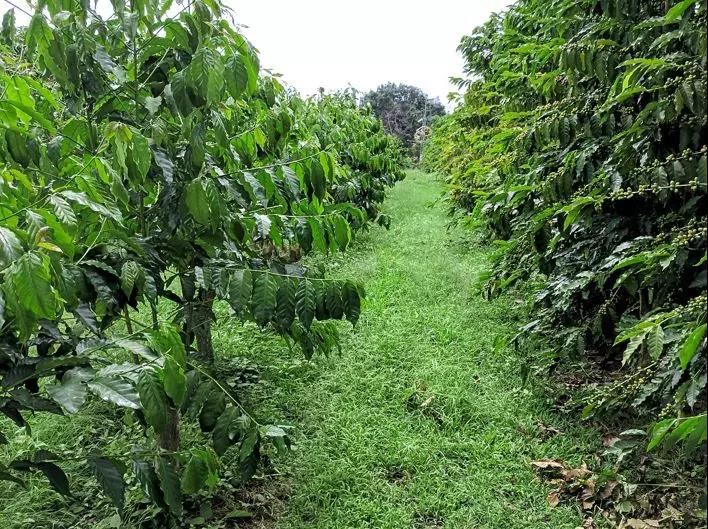
Since the opening of the free market in 1990, the original Brazilian Coffee Authority (IBC) has been replaced by the National Economic Association, the country's non-investment administrative body, which pursues a policy of non-intervention and allows producers to negotiate directly with exporters. The business activities of exporters are supervised by the government legislation, and the relevant departments register legitimate exporters. The vast majority of Brazilian coffee is unwashed and sun-dried and is classified according to the name of the state of origin and port of transport. Brazil has 21 states and 17 states produce coffee, but four of them produce the largest, accounting for 98 per cent of national production: Parana, SaoPaulo, MinasGerais and EspiritoSanto, with the southern state producing the most, accounting for 50 per cent of total production.
About the Bolivian coffee.
Coffee cultivation in Bolivia has a long history. In the past, coffee trees in Bolivia used to act as hedges and ornaments around the garden. Real commercial production began in the early 1950s. Bolivia (Bolivia) benefited from the severe frost in 1957 that severely damaged the Brazilian coffee industry and developed rapidly. At that time, production was basically run in the mode of large farms. Then, from 1932 to 1983, Bolivia suffered internal and external troubles and political unrest, which brought the coffee industry to a standstill or even retrogression. In 1991, the stable Bolivian government encouraged aborigines to join the coffee planting program in order to revitalize the country's economy, but did not pay attention to the quality of coffee at that time. Due to the poor national infrastructure, transportation difficulties have limited the development of the Victorian coffee industry.
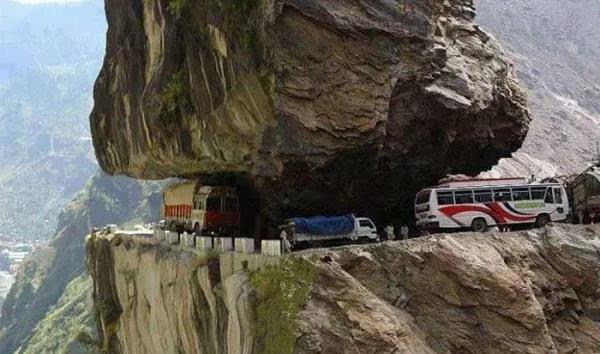
Bolivia's famous Yonggas, located in the Andean hills just east of La Paz, is a rugged agricultural area. The road to Yonggas is rugged and dangerous, making it difficult to transport coffee. Although this area is rich in coffee, the facilities for handling raw coffee beans are very backward, so that the coffee fruit produced in Yonggas needs to be transported to an area higher than the Yonggas producing area for raw bean processing, because the mountain is steep, the road is 18 bends, and the transportation time is long, which also leads to the coffee fruit can not be properly placed in the process of transportation, and is prone to rot and mildew. It can be said that the rot and mildew of a fruit will affect the decay and mildew of more than half of the fruit, so there are very few fruits that can eventually turn into coffee beans, which also leads to the expensive coffee beans in Bolivia.
Brazilian coffee bean flavor
Brazil is at a low altitude, and Brazilian coffee is grown at an altitude of only 900-1100m. Qianjie often said that only at high elevations, the flavor and hardness of coffee beans will be better, while the terrain is flat, lack of microclimate, and coffee trees are still planted in the form of sun exposure. Brazilian coffee beans that have not been taken good care of have grown into soft beans unique to Brazil. Qianjie coffee tested Brazilian coffee beans from different producing areas. It is considered that Brazilian coffee beans have low sour flavor, obvious nut and cocoa flavor, and obvious bean sweetness and sugar-like sweetness because of the bourbon coffee.
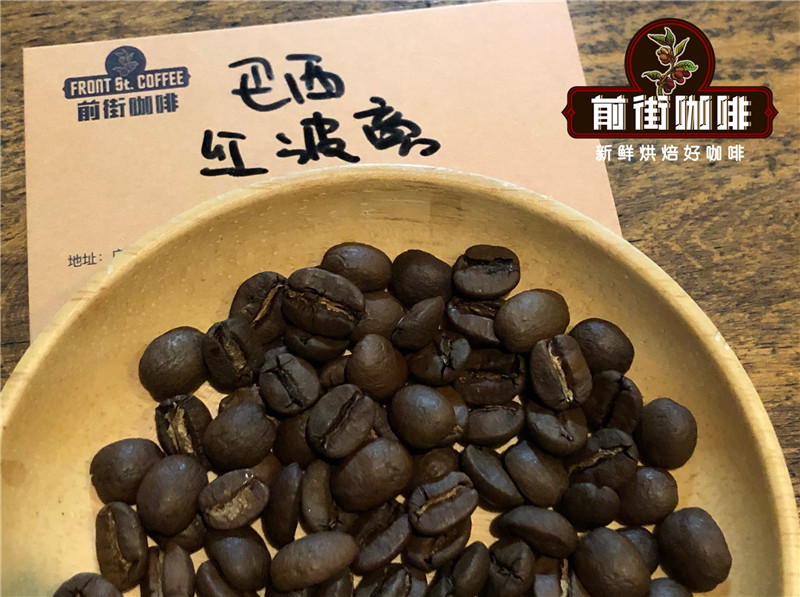
Front Street Coffee-Brazilian Red Bourbon Coffee beans
Producing area: Minas South, Brazil
Altitude: 1000m
Variety: red bourbon
Treatment: half-sun treatment
Bolivian coffee bean flavor
The Yonggas producing area is as high as 2500m above sea level. Qianjie believes that the coffee produced in this area usually has a deep and plump sweetness, soft citrus acidity and a succession of black fruit and berry flavors. Compared with other low-altitude coffee produced in Bolivia, coffee shows a balanced taste, excellent chocolate sweetness, soft acidity, and malt and dried fruit flavor.
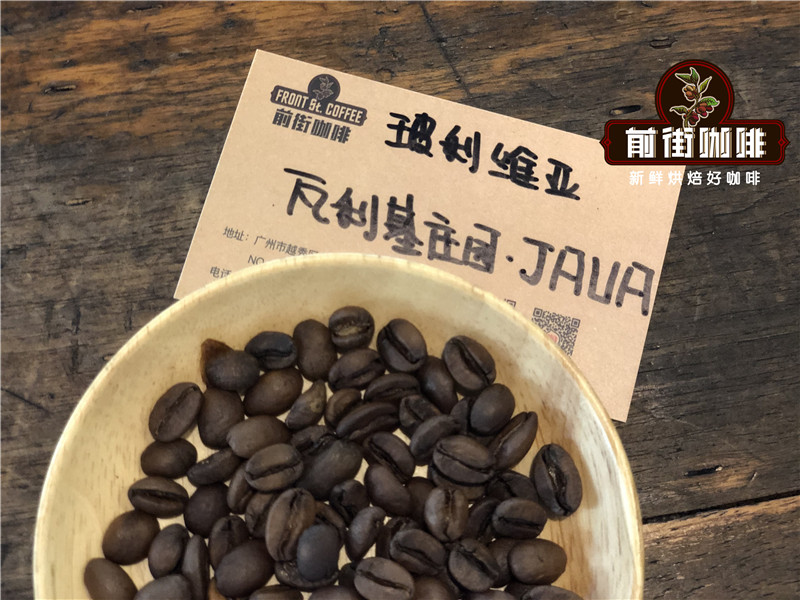
Front Street Coffee-Bolivian Java Coffee beans
Producing area: La Paz Waliki Manor in La Paz
Altitude: 1600m
Variety: Java
Treatment: cocoa solarization
From the description of coffee flavor above, we can be more sure how important altitude is to the performance of coffee flavor! Of course, the premise is that the coffee varieties grown are Arabica beans.
Brazilian coffee bean varieties
Bourbon is a second species of Typica mutation, which belongs to the oldest existing coffee variety, and the green fruit will appear bright red when ripe. Bourbon planted at high altitude usually has a better aroma, while the acidity is brighter, and it even tastes like red wine. Bourbon coffee grown at low altitude gives full play to its sweetness and brings sugar-like sweetness to coffee beans.
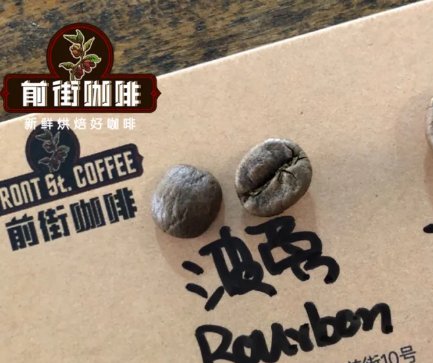
Bolivian coffee bean varieties
The variety known locally in Bolivia as long-shaped beans is named for its long appearance. Its official name should be Java, which is a very interesting bean species. It was generally believed that Java was a variety of Tibica, but genetic comparisons revealed that Java was actually a coffee variety Abysinia from Ethiopia. Java has long fruits and seeds, brass buds, high plants but low yields. Because of its outstanding flavor, it has stronger resistance to leaf rust and coffee fruit disease, so it is very suitable for small farmers.
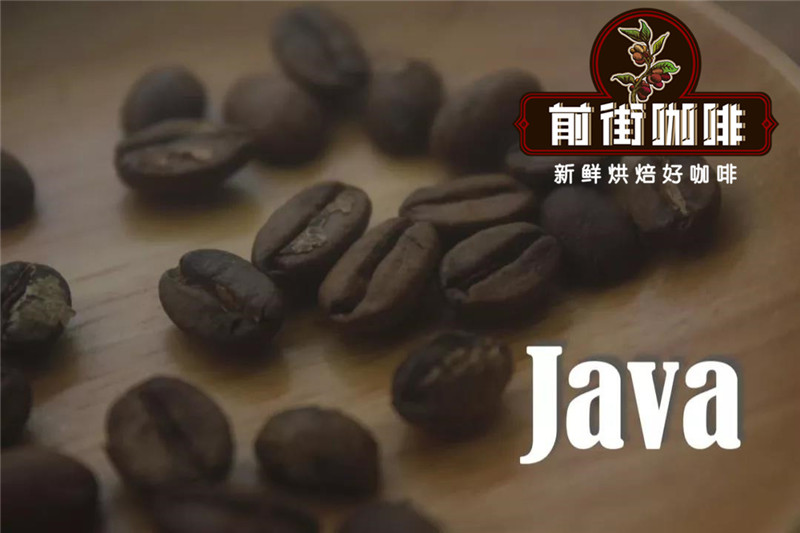
Comparison of coffee brewing in front street
In order to achieve contrast, Qianjie coffee is brewed with Kono filter cup. The design of short ribs of kono filter cup slows down the flow rate of coffee in the process of extraction, thus achieving a process of immersion extraction and increasing the alcohol thickness of coffee. Because there is a process of soaking and extraction, the water temperature should not be too high. Qianjie coffee is brewed with 89 °C water this time. The ratio of powder to water is 1:15, and the degree of grinding uses the coarse degree of grinding (the size of coarse sugar).
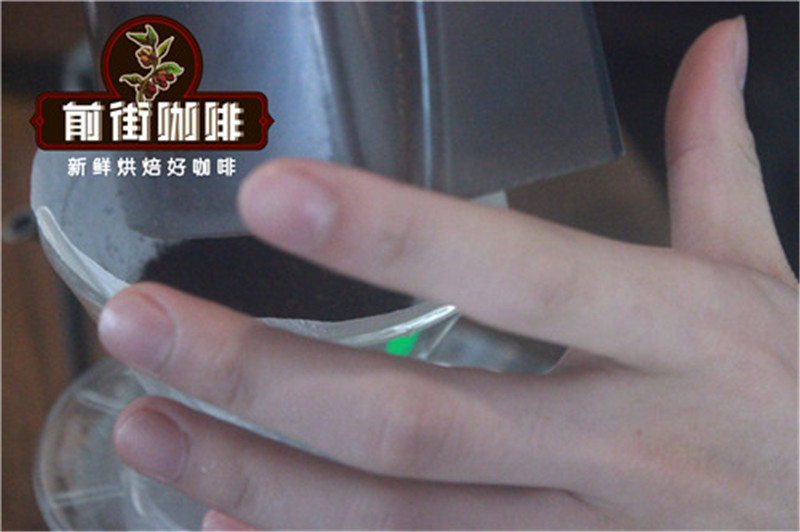
Qianjie coffee segmented extraction method: first, use 30g water to fully wet the powder layer in the shape of "hamburger" and steam for 30s (if we don't see a "hamburger" shape, we should pay attention to the fact that the coffee beans are not fresh enough / ground too coarse) In the second stage, the water is injected to 125g at 54s of the timer, then stop and wait for the water level to drop to 2 / 3 of the powder layer to inject into the third stage (this stage is to extract the sweet and sour flavor substances from the coffee powder). In the third stage, the water is injected into 225g at the timer 1: 39 / 40, and the total extraction time is 2 minutes / 39 / 10 ". (this section is to extract the mellow flavor substances from the coffee powder.) after the coffee is extracted, shake gently and wait for the coffee liquid to be fully uniform before tasting.
Brazilian coffee bean flavor: the entrance has obvious sweetness, with a hint of lemon aroma, with a strong nutty flavor, the latter part of the performance has an obvious dark chocolate flavor, the overall feeling is more round.
Bolivian coffee bean brewing flavor: slightly fermented at high temperature, sweet and sour grapes, slowly cooling down can feel the aroma of nuts and white flowers, coffee overall medium acidity, fruit juice taste.
For more boutique coffee beans, please add private Qianjie coffee on Wechat. WeChat account: kaixinguoguo0925
Important Notice :
前街咖啡 FrontStreet Coffee has moved to new addredd:
FrontStreet Coffee Address: 315,Donghua East Road,GuangZhou
Tel:020 38364473
- Prev
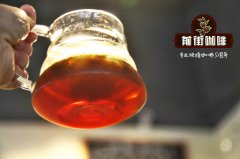
The Cultural background of Brazilian Coffee, the largest country in Coffee production in the World
Professional coffee knowledge exchange more coffee bean information please follow the coffee workshop (Wechat official account cafe_style) < 1 > Brazil < Brazil > Brazil's official country name is Federative_Republic_of_Brazil, the regime is the Federal Republic, after many migrations, the capital is now located in Brasilia < Brasilia >, the country is divided into 21 states, four places and one special.
- Next
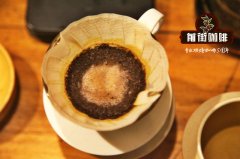
Brazilian Coffee was forced to lower its economic growth forecast for this year due to the general strike.
Professional coffee knowledge exchange more coffee bean information please follow the coffee workshop (Wechat official account cafe_style) the Brazilian Logistics Association predicted on the 30th that the recent strikes in different industries in Brazil will cause an overall economic loss of more than 25 billion reais (US $6.7 billion), and experts estimate that it may take six months to a year for all industries to fully recover. Truck drivers all over Brazil
Related
- Detailed explanation of Jadeite planting Land in Panamanian Jadeite Manor introduction to the grading system of Jadeite competitive bidding, Red bid, Green bid and Rose Summer
- Story of Coffee planting in Brenka region of Costa Rica Stonehenge Manor anaerobic heavy honey treatment of flavor mouth
- What's on the barrel of Blue Mountain Coffee beans?
- Can American coffee also pull flowers? How to use hot American style to pull out a good-looking pattern?
- Can you make a cold extract with coffee beans? What is the right proportion for cold-extracted coffee formula?
- Indonesian PWN Gold Mandrine Coffee Origin Features Flavor How to Chong? Mandolin coffee is American.
- A brief introduction to the flavor characteristics of Brazilian yellow bourbon coffee beans
- What is the effect of different water quality on the flavor of cold-extracted coffee? What kind of water is best for brewing coffee?
- Why do you think of Rose Summer whenever you mention Panamanian coffee?
- Introduction to the characteristics of authentic blue mountain coffee bean producing areas? What is the CIB Coffee Authority in Jamaica?

